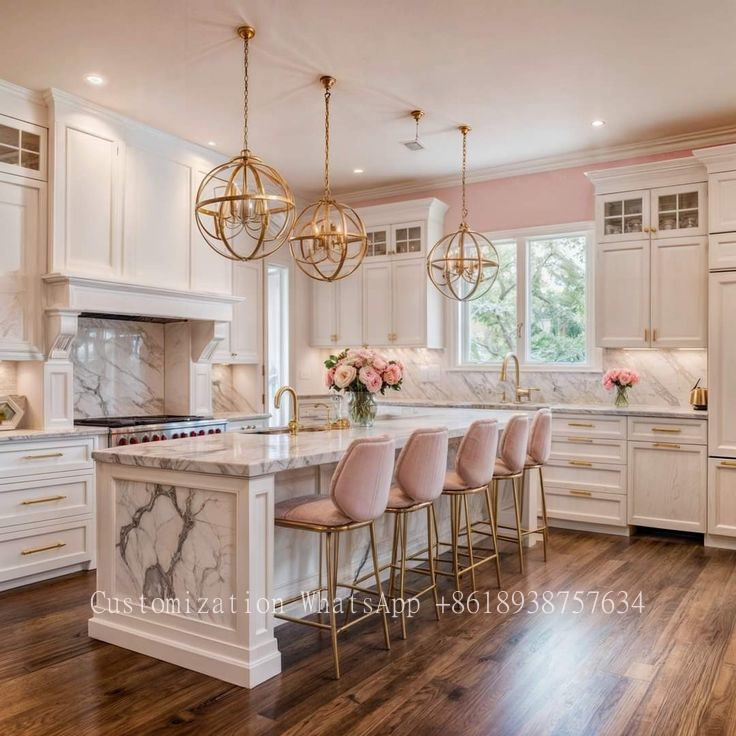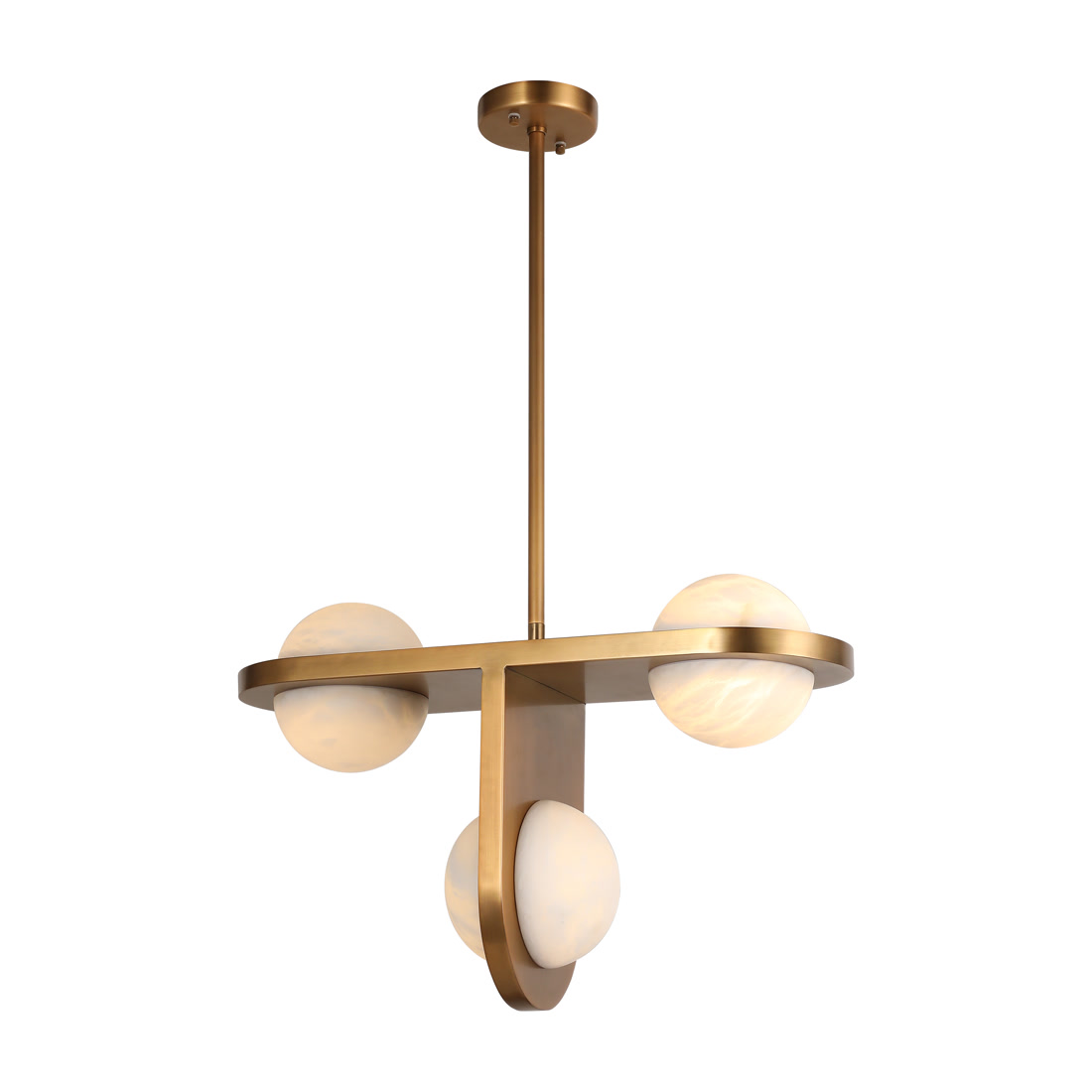Comprehensive Guide to Mounting Techniques for Cabinet Lights
Comprehensive Guide to Mounting Techniques for Cabinet Lights
cabinet lights are essential for enhancing both functionality and Aesthetics in any space, whether it's your kitchen, living room, or office. Understanding the various mounting techniques for cabinet lights allows you to create the perfect lighting environment. In this article, we will explore the most effective mounting techniques for cabinet lights, covering the different types available and how to choose the best ones for your needs.
Understanding cabinet lights
cabinet lights come in various forms, including LED strips, puck lights, and surface-mounted fixtures. Each type offers unique benefits and can create different atmospheres. Here's a quick overview of some common types of cabinet lights:
| Type | Description |
| LED Strip Lights | Flexible and adhesive for easy installation, these lights are ideal for creating even illumination. |
| Puck Lights | Round and compact, these lights are excellent for focused lighting, often used in cabinets. |
| Under-cabinet lights | Mounted directly under cabinets, these lights highlight countertops and workspaces. |
Why Choose the Right Mounting Technique?
Choosing the right mounting technique for your cabinet lights is crucial for both Aesthetics and functionality. Poorly installed fixtures can lead to uneven lighting, shadows, and even safety hazards. Moreover, the right technique can significantly enhance the overall look of your cabinetry.
Common Mounting Techniques for cabinet lights
Let’s dive deeper into some of the most popular mounting techniques used for cabinet lights:
1. Surface Mounting
Surface mounting involves attaching the light fixture directly to the cabinet’s surface. This method is often used for puck lights and under-cabinet lights. It provides ease of installation and allows for direct light on surfaces. Advantages: Minimal installation tools required, and repositioning fixtures is straightforward.
2. Recessed Mounting
Recessed lights are installed into cutouts in the cabinetry, providing a sleek, integrated appearance. This technique is ideal for LED Lights and requires careful planning to ensure adequate spacing. Advantages: Creates a sophisticated, modern look while saving space.

3. Magnetic Mounting
This innovative technique uses magnets to secure lights. Magnetic mounting is especially beneficial if you need to reposition lights frequently or prefer a temporary solution. Advantages: Flexibility in positioning and ease of removal for maintenance or changing lighting design.
4. Adhesive Mounting
Another common technique, especially for LED strips, involves using adhesive backing. This method simplifies the installation process but may require careful surface preparation. Advantages: Quick and mess-free installation.
Factors to Consider When Choosing a Mounting Technique
When deciding on the best mounting technique for your cabinet lights, consider the following:
- Cabinet Material: Different materials require different approaches. For instance, wood may allow for screws, while laminate might be better suited for adhesive.
- Lighting Needs: Determine whether you need ambient lighting, task lighting, or accent lighting, as this will influence your choice of fixture and mounting style.
- Space Availability: In smaller cabinets, recessed mounting might be more beneficial, while larger spaces might best support surface-mounted fixtures.
- Electrical Access: If you require hardwired fixtures, ensure access to electrical boxes aligns with your mounting choice.
Installation Tips for cabinet lights
Once you have chosen your mounting technique, it’s time for installation. Follow these tips to ensure a successful setup:
Gathering Necessary Tools
For most installations, you may need tools such as a screwdriver, a drill, a measuring tape, and a level. Ensure you have all tools on hand to streamline the process.
Measuring and Planning
Before making any cuts or placements, measure the areas where your lights will go. Mark the spots with a pencil to plan the layout effectively.
Following Electrical Safety Guidelines
If you are dealing with hardwired fixtures, ensure the power is turned off at the circuit breaker. Always prioritize safety by following local electrical codes and regulations.
Testing the Setup
Once the lights are installed, turn on the power to test the setup. Check for any flickering lights or dark spots that may need adjustment. It’s always easier to make small changes before finalizing the installation.
Conclusion
Properly mounting cabinet lights enhances both functionality and Aesthetics while providing the necessary light for tasks or ambiance. Understanding the different mounting techniques available, such as surface mounting, recessed mounting, magnetic mounting, and adhesive mounting, is essential for achieving the best results. Always consider factors like cabinet material, lighting needs, space availability, and electrical access when choosing the right method for your environment. In summary, keeping safety in mind and planning carefully will ensure your cabinet lighting not only looks great but also performs to its fullest potential. Whether you're illuminating your kitchen cabinets or creating an inviting space in your living room, the right cabinet lights and mounting techniques can transform your area impeccably.
